What are Ohio's most iconic foods? See our list
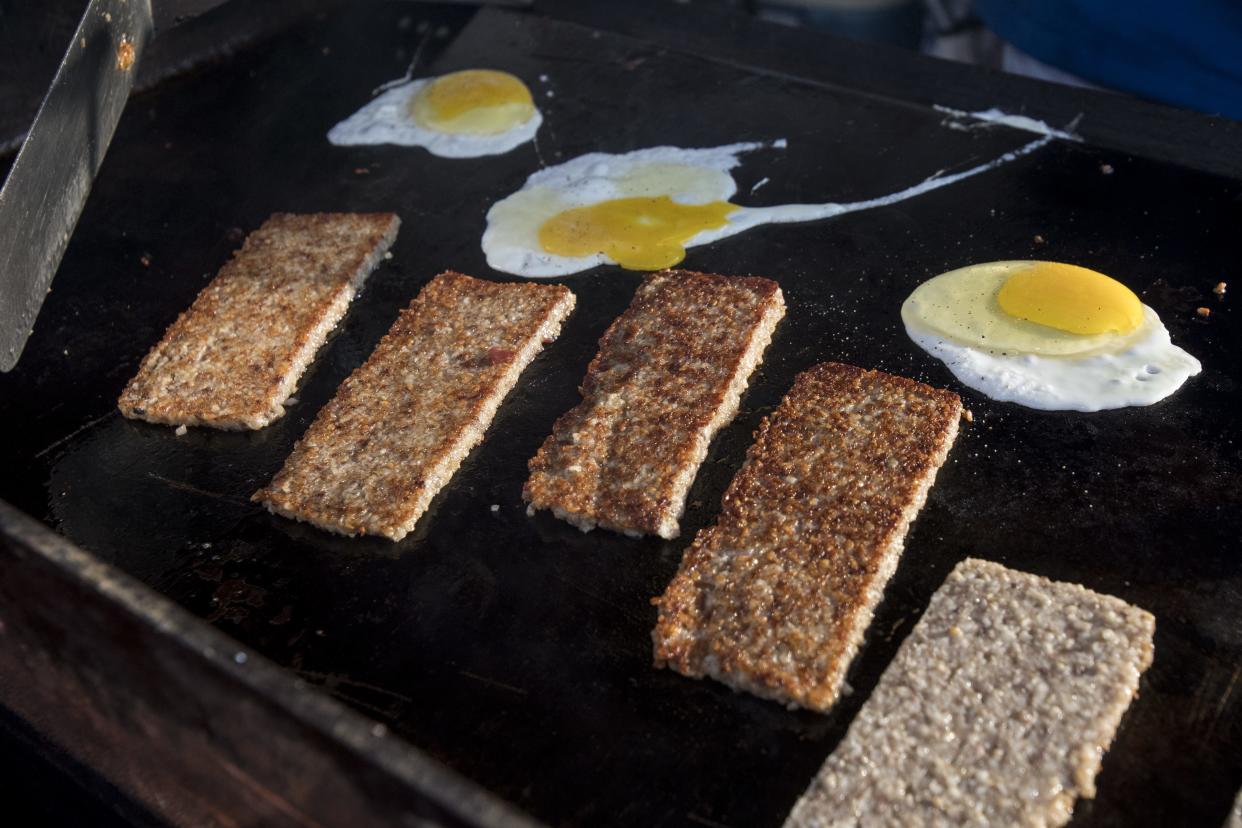
Our accents are notable for being non-existent. Our tastes are notable for being so middle-of-the-road that we’re a test market for an item’s appeal to the average American.
Does Ohio’s bellwether reputation extend to food?
It depends.
Our official state beverage is tomato juice – just tomato juice, not with a shot of vodka, not with a dash of Tabasco, not with a spoon of horseradish. We’re a national leader in the production of cottage cheese and sherbet. Some credit us with inventing pizza bagels and sloppy joes.
Then again, some of our favorites have roots not in Middle America but in lands far away. Foods brought to Ohio generations ago by immigrants from across Europe are now so deeply embedded in our culture that they rank as Ohio favorites.
Think kielbasa. Think sauerkraut. Think pierogies.
Here are some of Ohio’s most iconic foods. We’ve left specific restaurants off this list, but we’ll cover them soon.
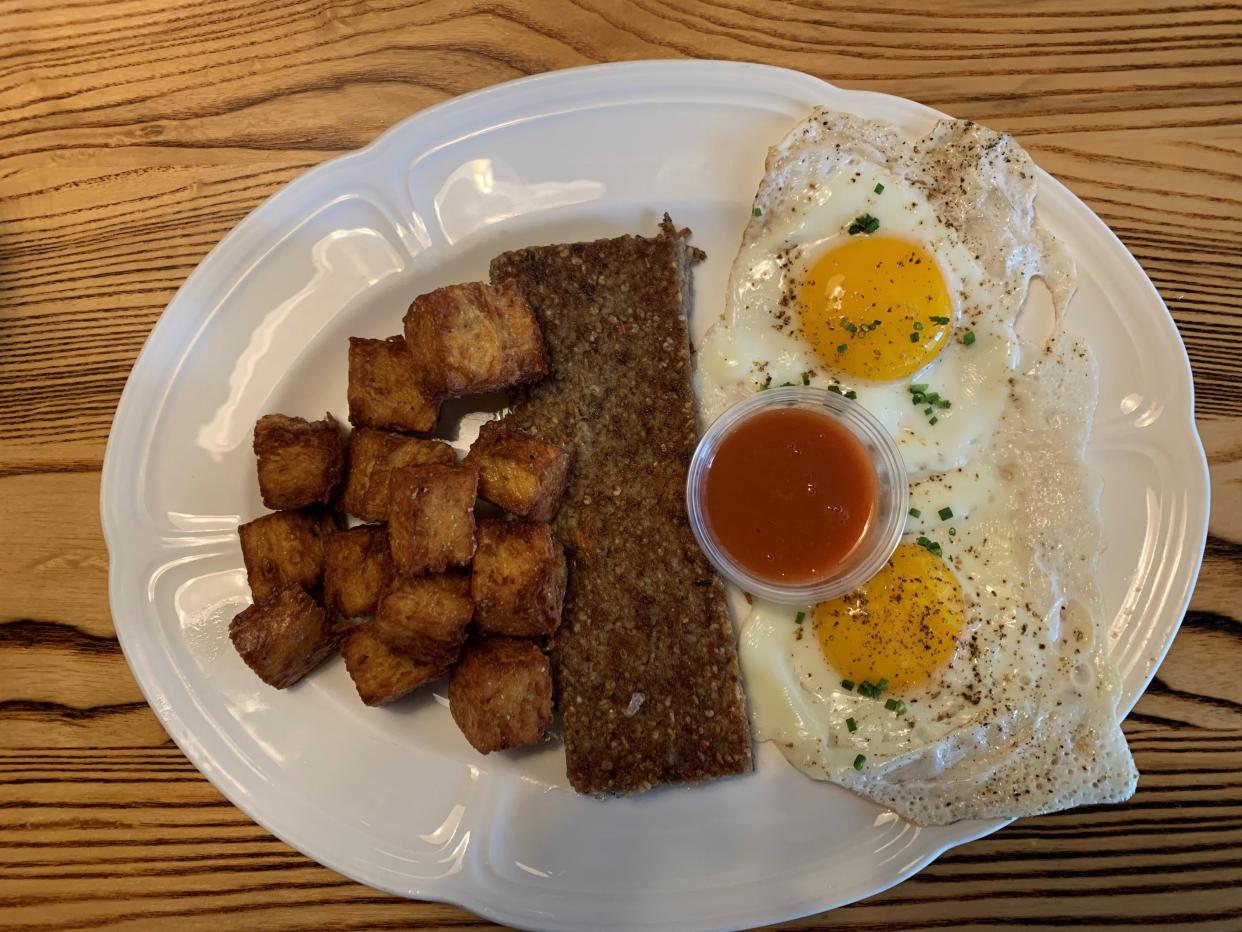
Goetta
Technically, Cincinnati’s German immigrants didn’t bring goetta with them. They created the mix of pork, beef, steel-cut oats, onions and spices once they arrived as a way to stretch out the meat they had and feed more people.
Goetta is described by local manufacturer Glier’s Meats Inc., as a German breakfast sausage, although it’s not available commercially outside of Greater Cincinnati, let alone anywhere even near Germany.
It’s so popular in its hometown that “hungry locals scarf it down at diners and white-linen establishments alike, and in everything from egg rolls to Reuben sandwiches,” according to Dann Woellert, a self-described “goettavangelist” and author of the 2019 book, Cincinnati Goetta: A Delectable History.
Glier’s Goettafest takes place every summer over two weekends.
Johnny Marzetti
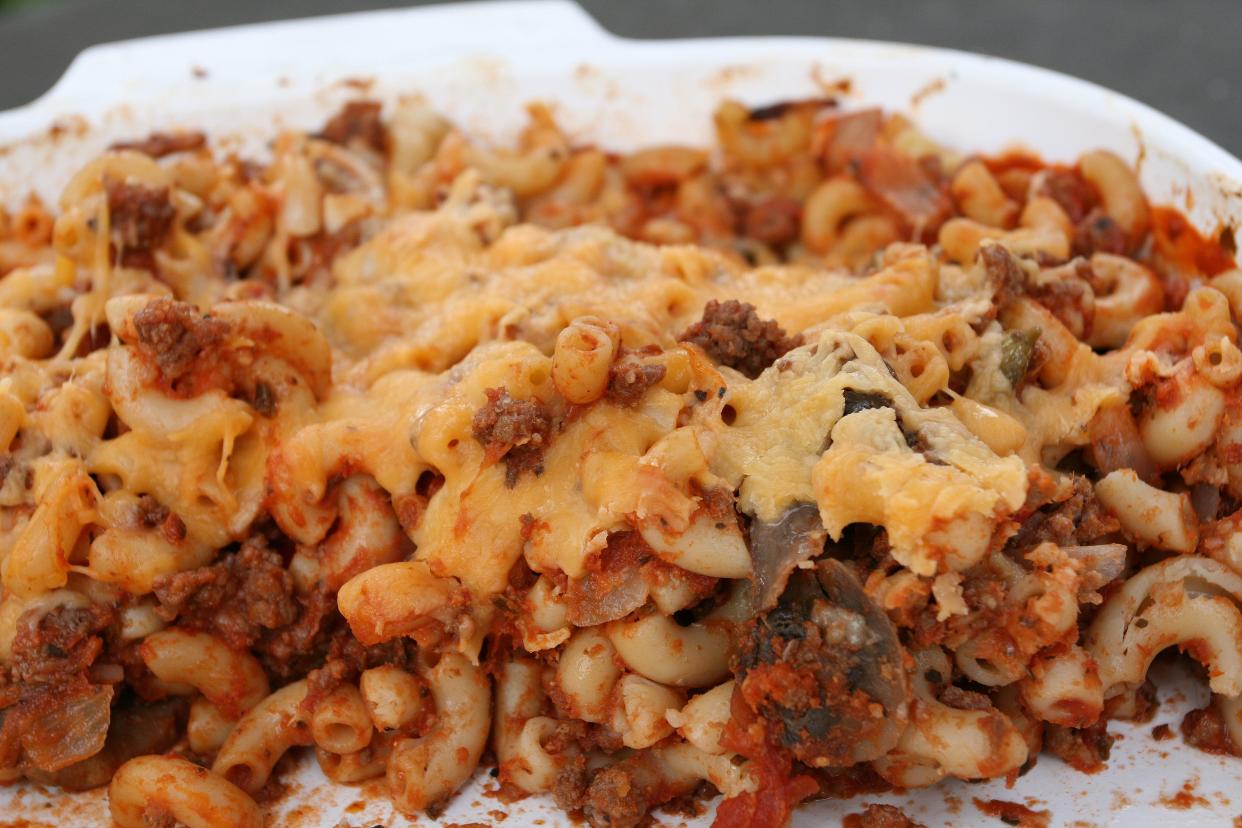
A Google search for Johnny Marzetti recipes offers more than 167,000 choices. Popular at potluck dinners and school cafeterias, it’s made with elbow macaroni or egg noodles, ground beef or sausage, green pepper and/or onions, tomato sauce or tomato soup, and cheddar cheese or mozzarella.
There are multiple versions of the casserole’s history, too.
The most widely circulated story – shared on Wikipedia and by Ohio History Connection, the state’s official historian – is that Johnny Marzetti originated sometime around 1910 at Marzetti restaurant in Columbus and was named by founder Teresa Marzetti after her brother-in-law.
More: The disappearance of Johnny Marzetti
But T. Marzetti Co., the salad-dressing maker spun off from the family’s original restaurants, has said that story was “all just made up,” and it’s not one the company shares. Regardless of its origins, though, Johnny Marzetti is a go-to recipe for many Ohioans. It's also a favorite in Panama, where it spread from U.S. Army mess halls in the former American territory of the Panama Canal Zone to nearby communities.
Buckeyes
You can get them in fancy bakeries or machine-made to uniform precision. Williams Sonoma sells 15 for $32.95; they use premium Guittard chocolate and come in a designer tin.
But aren’t Buckeyes always much, much better when they’re dotting a platter of homemade holiday cookies or brought to a tailgate party in a Tupperware container?
The chocolate-and-peanut butter treats – sweeter and smoother than those world-famous cups – are best served refrigerator-cold so the chocolate stays crisp. And they’re just not the same unless there’s a toothpick-hole in the peanut butter and a thick chocolate base.
More: At the Ohio State Fair? Look for a record-setting 350-pound buckeye
Fried bologna
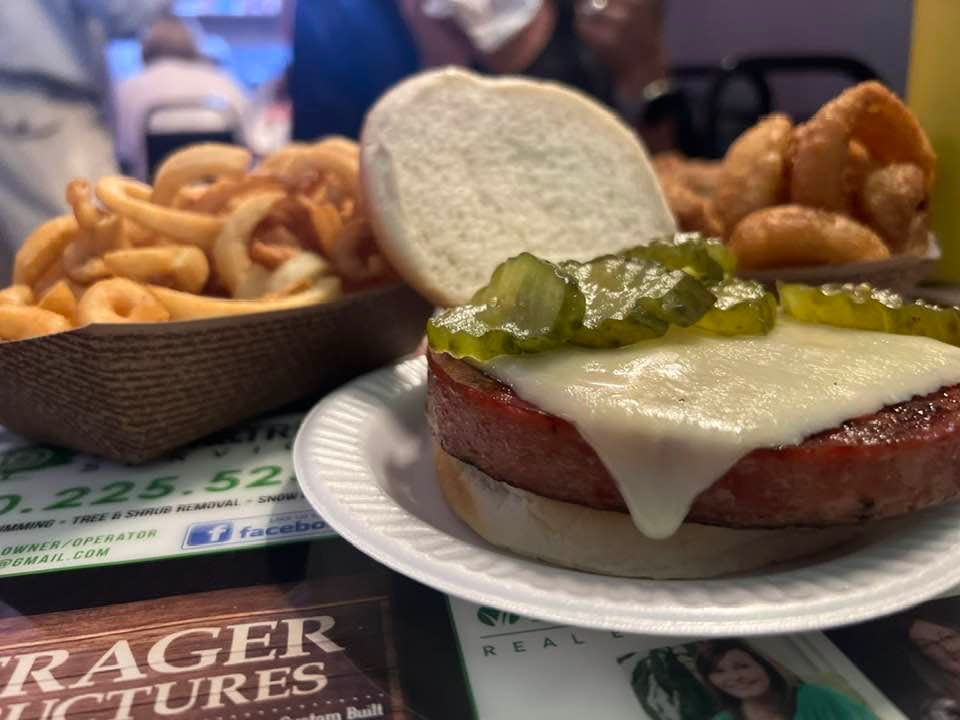
Southern Living magazine calls it a “Southern classic.” It’s doubtful, though, that fried bologna is on as many restaurant menus all across the South as it is in Ohio alone.
Home cooks use thinly sliced bologna from a grocery-store package, scoring the edges to keep the lunchmeat from curling up. Restaurants cut a thick slice, fry it on the griddle and serve it on a bun. The result looks like a hamburger, but it tastes like a salty, slightly charred grilled hotdog.
G&R Tavern in Waldo, a village of 326 residents 50 miles north of Columbus, is, as the late Dispatch columnist Mike Harden once called it, "the mother church" for fried bologna in Ohio. It’s served there with Monterey Jack cheese, sliced onion and sweet pickle chips.
Pierogies
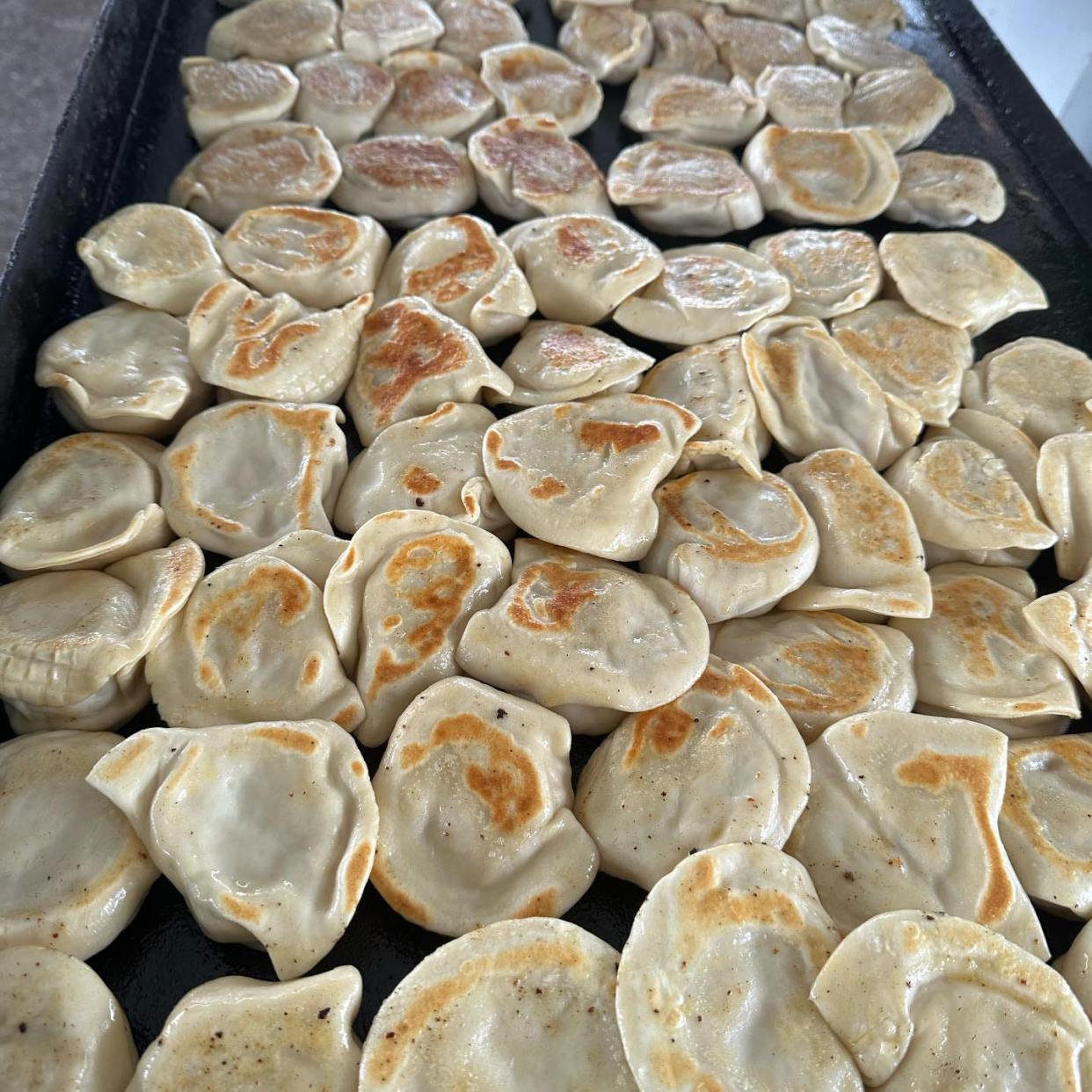
Pierogies are a boiled dumplings with a variety of different fillings. The classics include potatoes and cheese or sauerkraut. Modern takes include chorizo, short rib and a vegan version with buffalo chickpeas.
If you’re Polish, Ukrainian or have roots in other areas of Eastern Europe, you don’t need to be told all of this. Your ancestors brought pierogies to Ohio, where historians say they first jumped from home kitchens to Cleveland restaurant menus.
Cleveland now supplements National Pierogi Day in October with a full Pierogi Week of its own in January, but pierogi restaurants serve them up all over Ohio. Our state is the heart of what one manufacturer calls America’s Pierogi Pocket, which stretches from Chicago to New York.
More: 'Diners, Drive-Ins and Dives' returns to Downtown Columbus restaurant Pierogi Mountain
Sauerkraut balls
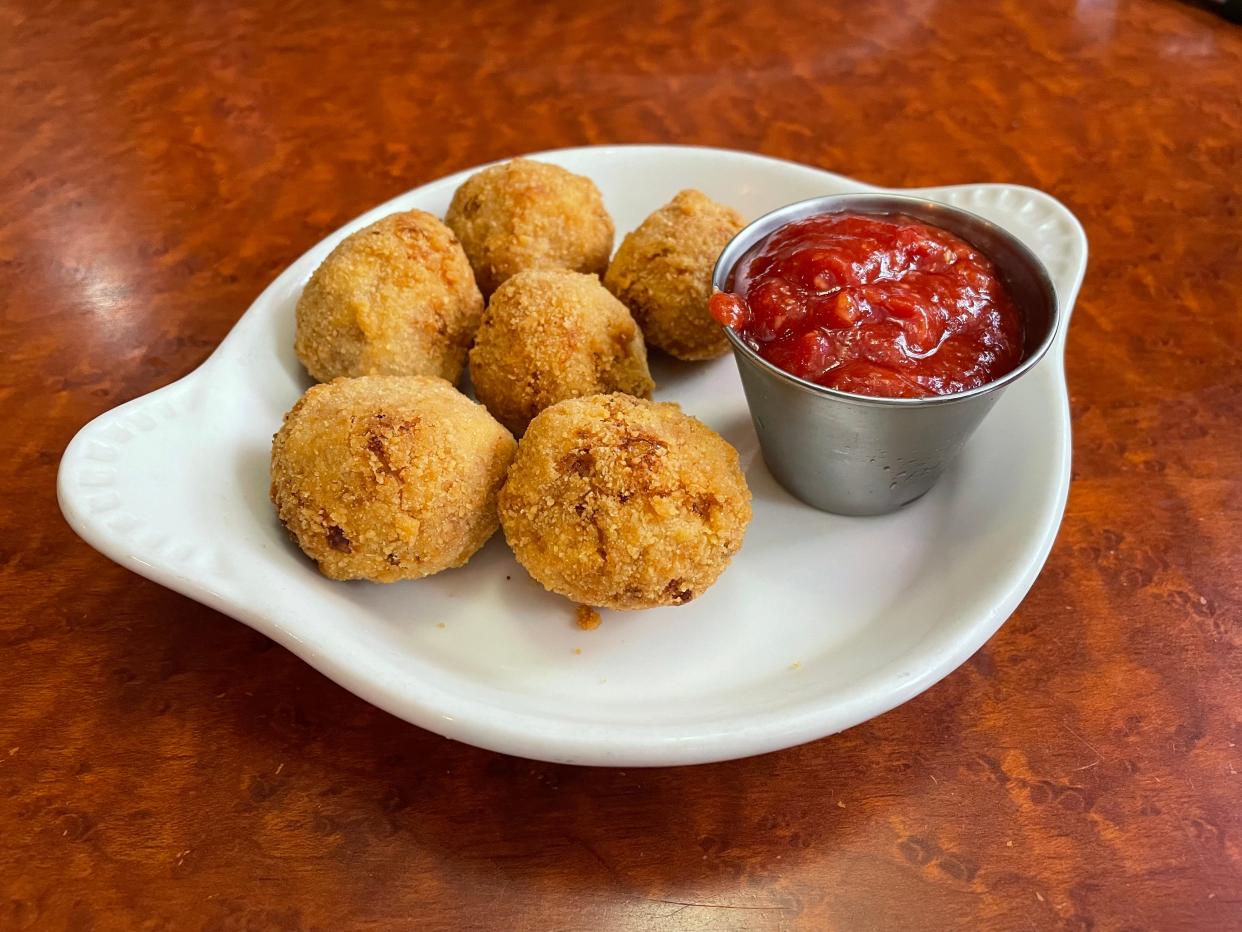
The official food of Akron – declared so by a local food writer in 1996, anyway – is so universally loved that the local minor-league baseball team renamed itself the Akron Sauerkraut Balls for one night in August.
The fried, breaded appetizer with sauerkraut and either ham, corned beef or sausage at its core has been served locally dating back to the 1940s, and now is available on pub menus far and wide.
More: Book Talk: ‘Akron Family Recipes’ offers a taste of tradition, a taste of home
Cincinnati chili
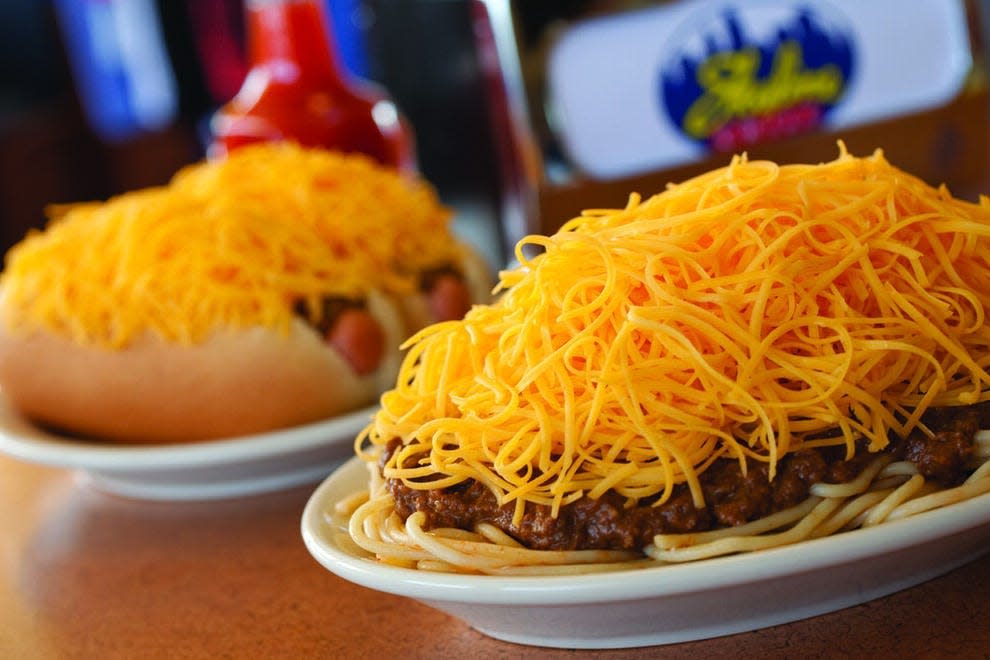
Can something be iconic and polarizing at the same time?
Cincinnati chili inspires that kind of love and hate, even in Cincinnati itself. Before the 2022 Super Bowl, then-Bengals tight end C.J. Uzomah said he wanted to dive in a pool of it and eat his way out. The verdict from quarterback Joe Burrow: “Oh, God. I hate it."
Created by Greek immigrants John Kiradjieff and Ilias Kiradjief in the 1920s as a topping for hot dogs and pasta, its spices included cinnamon and cloves. Today’s versions also include chocolate and nutmeg and are served topped with cheddar cheese.
Skyline Chili, the biggest purveyor of Cincinnati chili, has expanded from more than 100 restaurants in its home region to more than 30 additional locations in Columbus, Dayton and other parts of Ohio.
More: Enquirer cartoonist pens 'love letter' to Cincinnati-style chili
Polish Boy
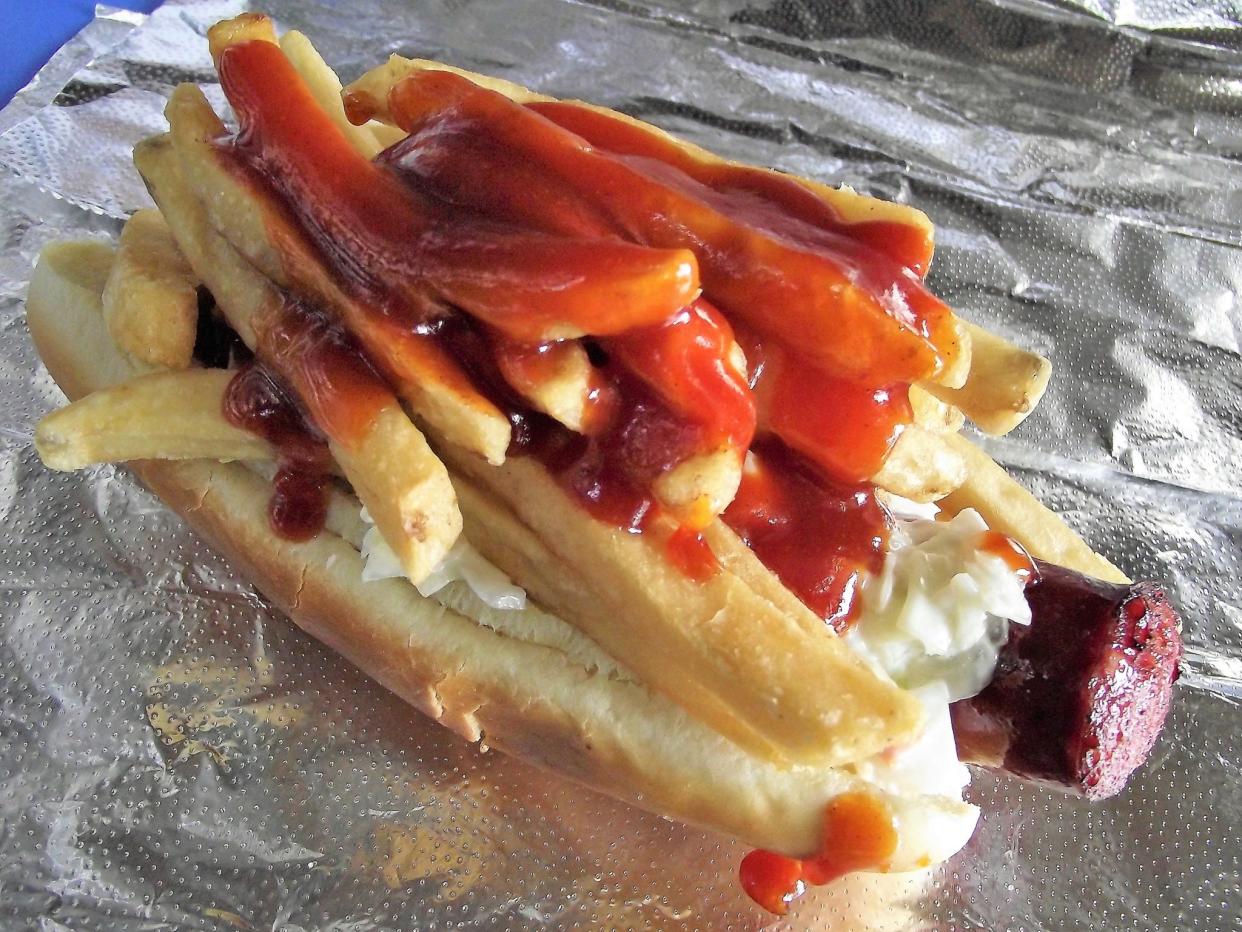
Cleveland chef Michael Symon declared his city's Polish Boy sandwich the best thing he ever ate in one episode of Food Network's long-running show, The Best Thing I Ever Ate. (On another, he gave that distinction to pierogies.)
The Polish Boy – not to be confused with New Orleans' po'boy – is a sausage sandwich with grilled or deep-fried kielbasa, coleslaw, french fries and barbecue sauce. Symon's own recipe adds some heat with jalapenos in the slaw and hot banana peppers in the homemade barbecue sauce.
Pawpaws
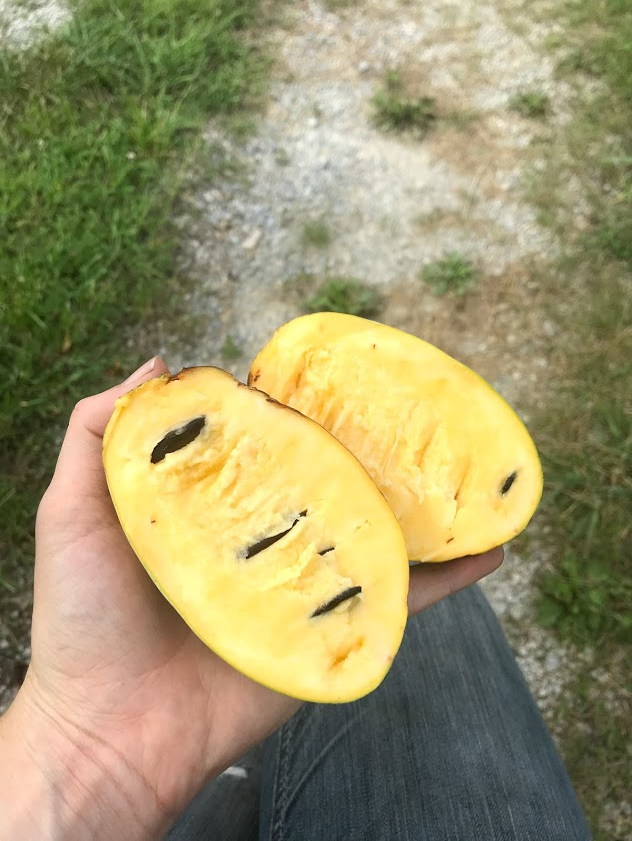
Mangoes, bananas and citrus fruits grow nowhere near these parts. Combine all their flavors, though, and you get the pawpaw, the largest fruit that’s native to North America. They grow wild in Ohio and much of the eastern United States and are said to have been George Washington’s favorite fruit.
More: National Pawpaw Day: Here's what to know about Ohio's native fruit
Pawpaws look like mangoes on the outside, but their insides are pale, creamy and contain several dark seeds. They can be eaten raw or used to make ice cream, smoothies, cakes or other desserts. A number of Ohio brewers also produce pawpaw beers.
The annual Ohio Pawpaw Festival takes place every September in the Athens County village of Albany.
rvitale@dispatch.com
This article originally appeared on The Columbus Dispatch: Here are 9 of Ohio's most iconic foods






